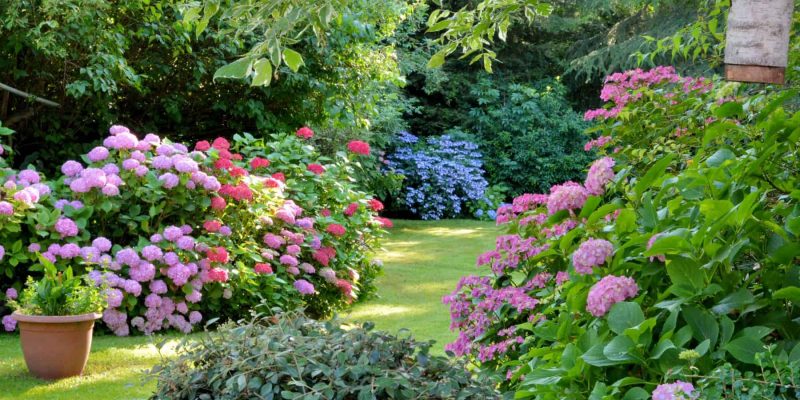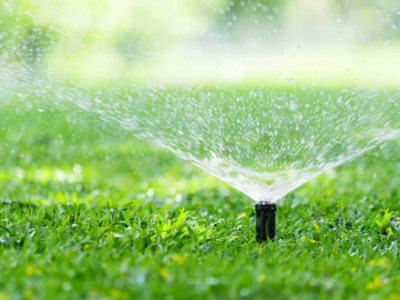If you’re a plant lover, but you live in a modern apartment without enough space to have a full-fledged garden, grow boxes are the solution you need.
Essentially, a grow box is a small, portable greenhouse that allows you to grow plants inside it and it has also helped many in making their own hillside landscaping in less expenses. They closely resemble mini-fridges, and they’re a great gadget for those who want to have their own garden but don’t have enough space, or for those who want to grow summer herbs in the winter.
However, grow boxes are quite a new innovation, and buying one for yourself can be a bit tricky. That’s why we’ve formulated a list of 5 tips that will help you with choose the perfect grow box for yourself.
- Keep a check on the size
Our first tip to all grow box novices is to check for size. These gadgets come in a variety of different sizes and you need to buy one that fits your living space. But the good thing is that even the large grow boxes are quite compact and it will fit in small apartments well. Size also means that you need your grow box to suit the kind of plants you want to grow. So for instance, if you want to have a big potted plant, you’ll obviously need a big grow box. But if you just want to grow a few herbs, a small grow box is more than enough. If not, get gardening expert tree care seattle to help you out.
- Don’t get impressed by the price
It’s human nature to get attracted to costly things. We tend to gravitate towards pricey things because we have a perception that the costlier, the better. But that’s not quite right. Most of the time, high-end products have almost the same qualities as mid-range items. The same applies to grow boxes. Make sure that you stick to your budget, and you buy one that fits your needs. But it must be stated here that the larger you buy, the more expensive it will be. Similarly, if you’re going for a highly-specialized box or one with custom lights or design, you’ll have to shell out extra bucks.
- Choose between hydroponic and soil-based
Grow boxes can either be hydroponic or soil-based, and it’s crucial that you choose between them prior to making your purchase or placing your order. Hydroponic grow boxes do not require soil. Instead, they help grow your plants by supplying them with light and a water-based nutrient solution. They’re a hassle-free and clean method of growing plants indoors and are very sophisticated. However, they’re more expensive. On the other hand, you have soil-based grow boxes that follow the conventional planting system. Weigh both these options and consider which method suits you better in terms of budget, living space, effort, and more.
- Decide the kind of lights you’ll need
Other than choosing the planting system, you need to take care of the lighting as well. Light is essential to a plant’s life, and hence, it is a crucial factor to consider. Grow boxes usually have CFL, T5, or LED lights. Now, although CFLs are cheaper and a more pocket-friendly option, they don’t do much for larger plants, especially fruit-bearing ones. In fact, they’re barely enough for herbs. On the flip side, LED lights have a longer spectrum as compared to CFLs and they’re much more effective, but they’re also more expensive. So, if you’re just growing a kitchen garden, CFLs can do the trick but LED lights are generally a better and long-lasting option.
- Match the decor
Our final tip on this list is matching your decor to the grow box. Now, this is optional but having a grow box that compliments your interiors will make your home look much better and to make it more versatile you can also go with some indoor plant hangers as well. If you want to take it a step further, you can also customize the exterior of your grow box, and give it the motif you want. Even if you don’t do this, there are several design options available which you can opt for, like a classic black or rugged steel.










Comments